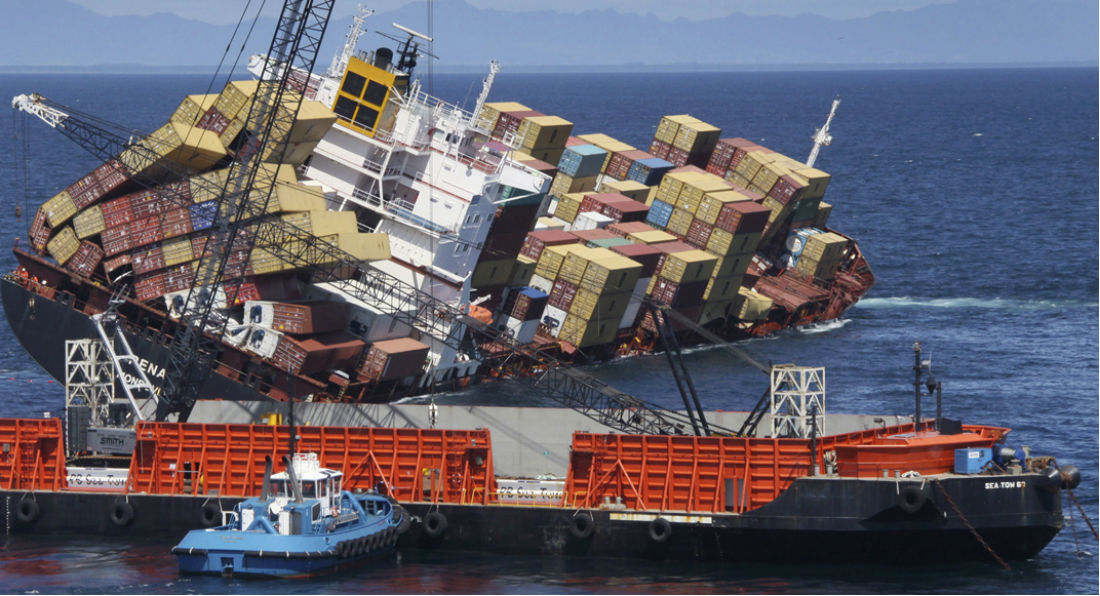Risk Mitigation – Hope Like Hell It Doesn’t Happen to You
Organisations can plan and strategise for risk mitigation in their supply chain, but ultimately a lot of it comes down to luck.
In the words of one member of The Faculty’s Melbourne Roundtable, “There’s a lot of risk out there – you can mitigate all you like but in the end, you just hope like hell it doesn’t happen to you.”
Risk-experts Aaron Cleavely-Millwood (Market Development Manager – Regulatory, Market and Operational Risk) and Nathan Lynch (Head Regulatory Analyst) of Thomson Reuters, visited the Melbourne and Perth Roundtables to take members through their organisation’s global research findings on risk and disruption.
While the Thomson Reuters research focused on disruption to financial services, Roundtable CPOs drew some key learnings from shared challenges around governance, risk, compliance and regulatory drivers.
The Faculty ran its own snapshot survey among its Roundtable members, providing some interesting comparisons between Thomson Reuters’ global, cross-industry study and our local, procurement-focused findings.
Supply Chain Risks
Thomson Reuters’ top four disruption risks revolved predominantly around price:
- Raw material price fluctuation
- Currency fluctuation
- Market changes
- Energy fuel price volatility
The Faculty’s findings revealed that CPOs have a slightly different set of concerns:
- Supplier monopolies
- Market changes
- Climatic or natural disasters
- Emerging technologies
Risks and Impacts
Price risk is an obvious and ever-present danger and a key part of strategic planning. Cleavely-Millwood gave the example of the 2015 drought in Russia, which saw the price of wheat rise by 41 per cent, and create a huge impact throughout Europe. Spikes such as this (and of course the drop in oil price) cannot necessarily be forecast, but it is possible to plan for and hedge against these events.
Interestingly, social activism was placed at the bottom of both lists. This is surprising given some of the recent disruptions driven by environmental activism in the Australian coal and coal seam gas industries.
The Thomson Reuters presentation focused on fraud risk. This has been identified as a high area of concern for Australian organisations despite increasing regulation. CPOs have to be continually aware of the risks around supplier, contractor and employee fraud, and have plans in place to minimise the damage when fraud takes place.
Increased regulation is a double-edged sword. It will effectively lower the chance of fraud risk and other potentially damaging issues, but will mean CPOs need to spend more time and resources ensuring compliance.
Roundtable delegates were taken through various major pieces of regulation including the UK Bribery Act, the Australian Senate Review of Bribery Laws, the Dodd-Frank Act, and the upcoming Unfair Contracts Act.
The key takeaway – communicate regularly with your internal legal counsel to ensure you keep track of regulatory change.
Effective Risk Mitigation
Our snapshot survey asked members to nominate the most effective risk mitigation measures, with the following results (1 being the most effective):
- Building strong supplier relationships
- Creating a risk-aware culture
- Improving market intelligence
- Improving IT and data analytics
- Increased sharing of information
The Faculty’s advice for managing risk:
Due diligence can take place through three levels of risk assessment:
- Ensure you thoroughly investigate new vendors.
- Regularly perform risk assessments of existing vendors to check if anything has changed.
- Ensure you have visibility of your suppliers’ suppliers, and their suppliers, and so on, until you’re confident that there are no major risks several layers down the supply chain.
